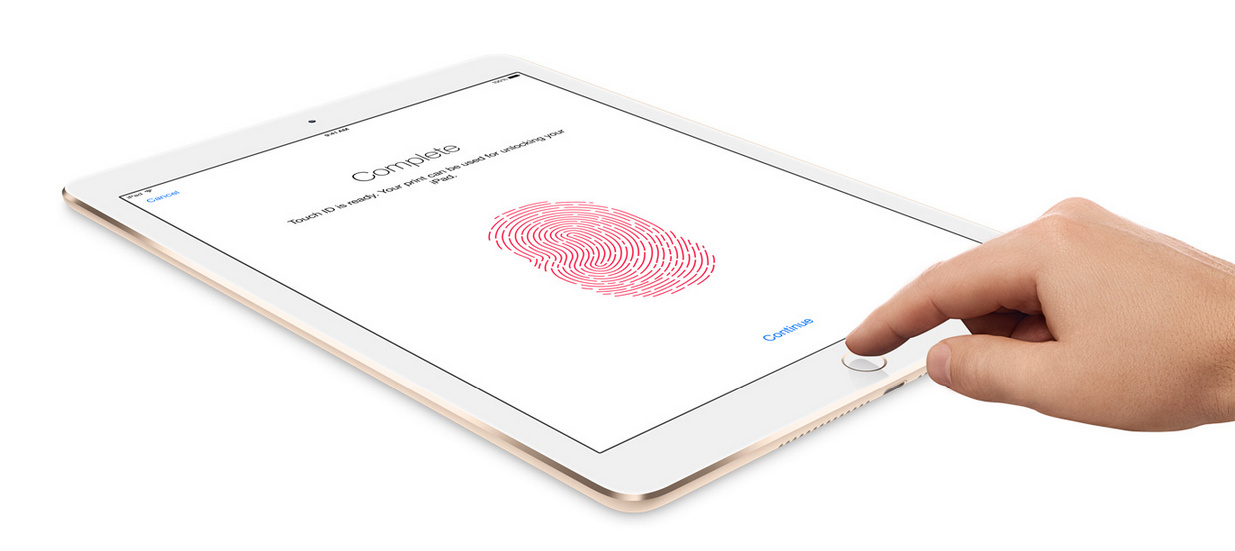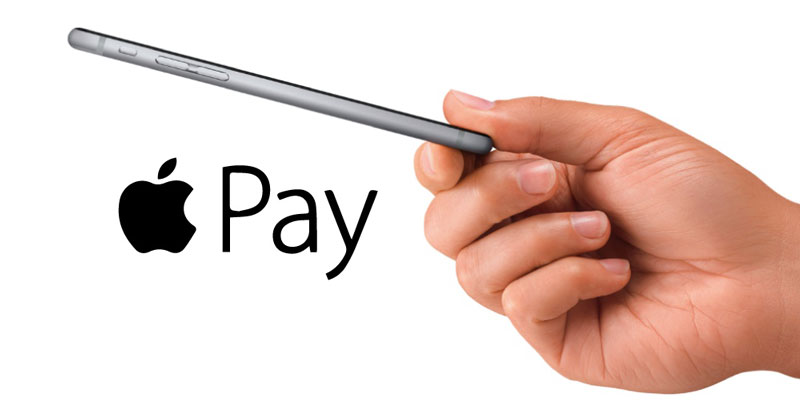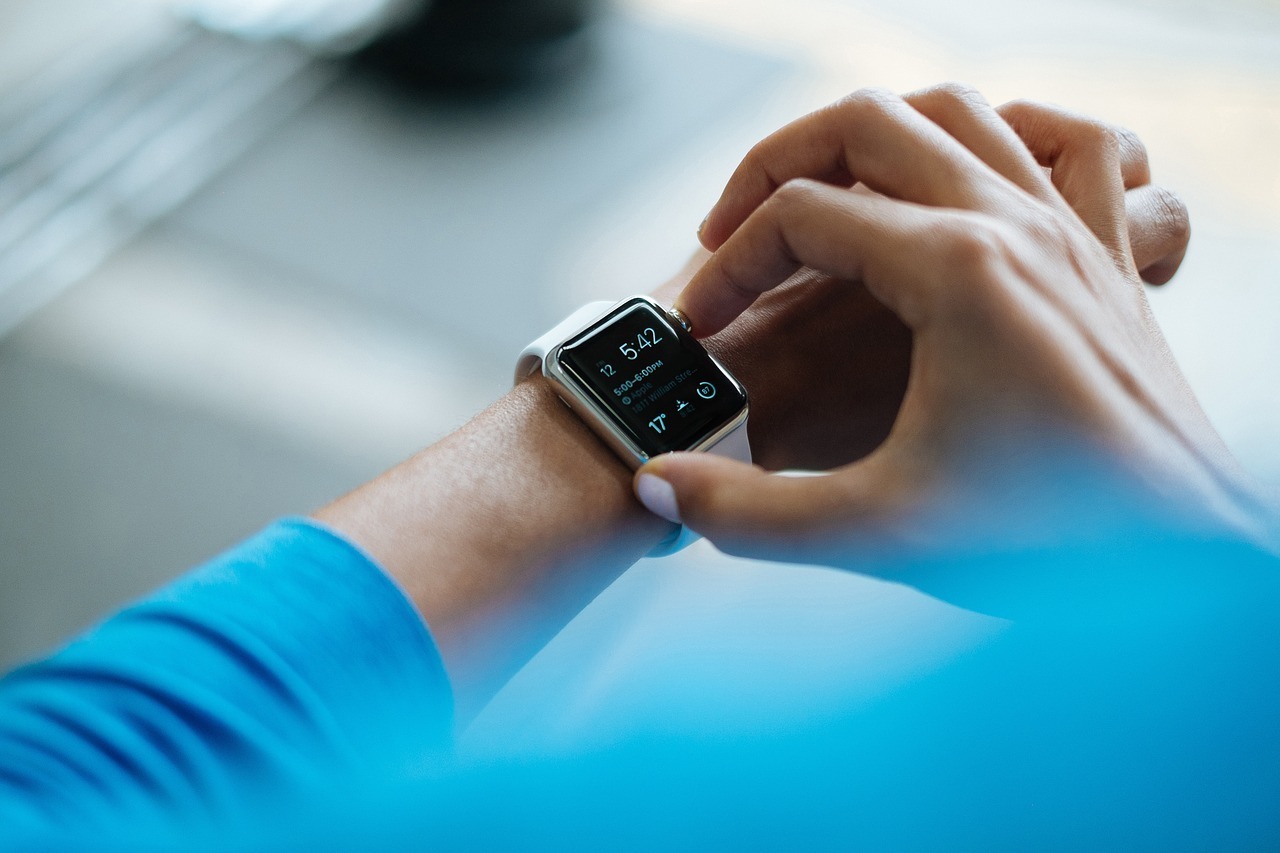How does Apple Pay affect the payment industry?
 Apple is continuously improving Apple Pay payment technology, fighting for the global market with its eminent competitors. The June news about the launch of Apple Pay technology for websites is another confirmation of this.
Apple is continuously improving Apple Pay payment technology, fighting for the global market with its eminent competitors. The June news about the launch of Apple Pay technology for websites is another confirmation of this.The graceful integration of the payment system into the closed Apple ecosystem inherited from Jobs means that following market trends in the field of payment systems leads to the inevitable simultaneous development of all areas of the corporation's business.
Our experts in the field of e-commerce PayOnline examined the trends in the development of the payment industry using the example of Apple Pay and its competitors and prepared for you an overview of the trends that seemed most relevant to us.
Issue 1: Mobile NFC payments market: key players, current situation and future prospects
Issue 2: The future of p2p payments: when the smartphone replaces cash
Issue 3: Apple's mobile payment system: practical use and development prospects
Issue 4: Apple Pay will be available on mobile websites, and will also be fully launched in Russia by the end of this year.
Issue 5: How does Apple Pay affect the payment industry?
Release 6: Starbucks Mobile Payment Success Secrets
Issue 7: This fall Apple Pay will be available in Russia, Japan and New Zealand
')
Web Claim Statement
In June, at Apple's Worldwide Developer Conference 2016 event, Apple announced the launch of Apple Pay payment technology for websites, thanks to which merchants will have the opportunity to improve their online sales figures. The emergence of Apple Pay, not only in the application segment, but also on the Web is a great event for mobile commerce. This area is often characterized by sluggish conversion rates, but with the advent of Apple Pay, sellers will be able to increase their sales numbers.
Let's go back to the recent past and try to understand why adding another payment option is so important for online stores.
E-commerce forces traditional stores out of the market
The first reason is that e-commerce itself is a very large-scale phenomenon. Online shopping has become so popular that many retail brands operating in various segments of the market are rapidly closing or planning to close their stores in 2016. Traditional stores are losing ground in the new, unfavorable conditions influenced by e-commerce giants such as Amazon. As a result, retailers are forced to adapt to survive.
Sears Chairman Eddie Lampert commented on the transformation of the trading environment in his February letter to shareholders, partners and representatives . The document said that "Walmart, Nordstrom, Macy's, Staples, Whole Foods and many others felt the dramatic changes associated with the activities of online competitors and the emergence of new business models."
For the sake of survival in the modern realities of retail it is necessary to focus all their efforts on the development of online business. Some stores (RadioShack, Wet Seal, Sports Authority and American Apparel) have already been driven out of business completely, while others have given up all their efforts to stay afloat and keep their main directions, which are followed by e-commerce giants.
However, there are some nuances here. The main online sales channel is mobile devices. Almost half (47%) of more than 160 experts on innovation in the field of payments and finance, recently CAN Capital, agreed that mobile payments are changing the picture of consumer spending. According to 35% of respondents, these changes should lead to an increase in the popularity of online stores, and 18% believe that after this development will receive personalized marketing and advertising. It is expected that the global volume of payment transactions, which amounted to $ 450 billion in 2015, will reach $ 620 billion this year, and in 2019 it will overcome the $ 1 trillion mark.
Be that as it may, the mobile sales channel is not the only one for retailers. Regardless of the rapidly growing indicators of mobile commerce, desktops and laptops are still leading as a device for selecting and completing online purchases (95% of buyers not only search for goods with their help, but also complete the purchase). Moreover, the highest rate of satisfaction with the purchase (85%) is observed among owners of desktops. In a recent study, UPS concluded that desktop computers are still the main tool that ensures the success of online shopping.

More and more ways of processing and paying for the order
Understanding the inevitability of cardinal changes caused by the growing popularity of e-commerce, the payment industry offers more and more solutions that allow retailers to improve sales performance.
A variety of payment methods, which include PayPal solutions, gift cards, prepaid cards, Google Checkout, led to an increase in the share of online purchases in total sales and simplified access to the market for new members.
Previously, credit and debit cards were two traditional ways to pay for online purchases. Payment with their help is the most straightforward, but at the same time the most daunting way, because customers have to manually enter their own confidential information. However, thanks to the emergence of alternative payment methods, retailers and online store owners now have a whole list of payment options that meet a variety of customer preferences: Bitcoin, Dwolla, Amazon Payments, gift cards, rechargeable prepaid cards, PayPal, Google Checkout, Google Wallet , electronic checks and others.
Despite the fact that the tendency to increase the number of payment methods has its drawbacks, in general, it is considered to be the main driving force that helps to keep customers, increase sales and improve online shopping experience.
Up to this point, Apple Pay was a very limited payment solution, allowing payment to be made only in iPhone apps or contactless terminals with preloading of card information to a smartphone.
Anyway, in June, the company made a major step forward, towards its own prosperity in the payment sector, simultaneously providing retailers with a powerful tool for improving their online businesses.

Apple Pay for websites comes into play
There are at least 2 main points explaining the importance of the appearance of Apple Pay for websites.
Firstly, one-touch payment is a goldmine for online businesses, since this method allows you to benefit from impulsive buying behavior. The less time passes between the occurrence of the desire to buy something and the appearance of the opportunity to do it, the higher the likelihood that the purchase will take place. In fact, observations show that the introduction of one-touch payment reduces the sales cycle from 103 seconds to 17 seconds.
Simplification and elimination of obstacles in the process of registration becomes the most important factor that can catalyze sales. This is especially important against the background of data published by IBM and Forrester in January, showing that the average number of “abandoned” orders in e-commerce is 69% .
Secondly, according to the Recode publication , “during last year’s season of New Year sales, buyers visited mobile websites of retailers 20% more often than apps.”
That is why this change from Apple, which makes it possible to add a “touch payment” to websites, albeit in a slightly modified form compared to applications, is big news.
Just like any other payment method for online stores, Apple Pay initially entered the game with the intention and promise to increase the conversion of retailers. The web version was created with the same goals and on the basis of the assumption that the total amount of mobile data transfer will grow by an average of 45% annually by 2021. At the same time 90% of this amount will be provided by smartphones.
Nevertheless, the “touch function” in the web version of Apple Pay will work a little differently. By choosing Apple Pay for the Web as a method of paying for goods during online shopping, users will receive a notification on their iPhone to confirm the transaction. Then the fingerprint recognition technology on the smartphone will identify the buyer. And here we are again confronted with the closure of the Apple product ecosystem: in order to experience all the benefits of the Apple Pay web version during online shopping, you need to own not only the iPhone, but also the Mac laptop. Moreover, it’s not easy for you to have two expensive Apple devices, but also browse online stores only in the Safari browser.
Ultimately, Apple Pay for the Web will be limited to Apple fan club, but this can hardly be called a serious drawback given the size of the iPhone user base and the strength of the Apple brand worldwide, and especially in North America.
In addition to the changes in the retail industry, the new payment function will also significantly affect the activities of Apple's main competitors in the field of payment solutions, including: PayPal, MasterPass, Google Checkout, and others. The real heavyweight in the field of desktop payments PayPal will almost certainly feel the arrival of Apple Pay on its main playing field.
At the end of 2015, PayPal announced that its One Touch ordering solution had reached 10 million users, making it a serious competitor for Apple Pay. MasterPard, another competitive solution developed by MasterCard, has its own online merchant community. In the US, payment using MasterPass accept more than 500 online sites. The service was launched in 2013, is available in 24 countries and, according to MasterCard, has a base of 250 thousand vendors worldwide. Another PayPit neighbor on the market will be Android Pay. Google recently announced plans to make Android Pay an affordable website solution using the new Web API. This means that the Apple Pay campaign on the Web has just begun.
Future Apple Pay
In his column, Computerworld author Johnny Evans listed the possible directions for the development of Apple Pay technologies.
Apple Pay has big plans that go beyond the current functionality of the system. Trying to improve the popularity of its payment service, Apple is going to expand it in several directions at the same time. According to company representatives, the Apple Pay audience is increasing by 1 million people weekly. At the same time, according to Juniper Research , the services of contactless payment services, such as Apple Pay, this year will benefit 148 million users worldwide.
Payment area
Apple has made great efforts to expand the territorial coverage of services (especially in Europe and Asia). “We are rapidly working on the introduction of services in Asia and Europe. Our goal is to ensure that Apple Pay is present in every significant market where our company is represented, ”said Jennifer Bailey, vice president of Apple Pay, in an interview with TechCrunch . The recent launch of the service in China is of great importance for the company. According to Apple CEO Tim Cook, India is also considered a key market for the company . In addition to the imminent appearance of Apple Pay in this country as a means of accepting payments online and through applications, there are other opportunities that Apple is currently studying.
Direct funds transfer between users
In a report on Internet trends published by Computerworld, a lot of attention was paid to mobile payment services. On page 105, it was noted that instant messaging applications such as WeChat and social networks such as Facebook and Instagram are gaining popularity as payment services, especially in the Pacific region, where WeChat has already gained more popularity than some debit cards. The total amount of payments in the AliPaba system from Alibaba in 2015 amounted to more than $ 1 trillion.
It is easy to imagine that the integration between payment systems and messaging services is likely to lead to Apple Pay’s function of sending funds along with messages. Such an approach to getting into the market of traditional mobile operators is quite expected and may have more serious strategic consequences, given that it fits very well with Apple's recent investment in Didi and the company's plans to create its own car. The Wall Street Journal has already talked about similar plans for the company last year, and Apple’s patent on a “ user interface for making payments ” confirms the possibility of introducing support for payments through messages.
ATMs
Banks are now developing ATMs with NFC support, which is the basis of contactless data transfer to Apple Pay. Probably, such devices will require both biometric authentication and access codes to protect against fraud. Be that as it may, the ability to withdraw cash from any ATM with a simple Apple Watch offering sooner or later will inevitably become a reality.

Replacing banks
Operator billing is very popular in some countries. This is a system in which the mobile operator allows you to pay bills and services using a mobile phone, while money is deducted from your mobile phone account. Such services are very popular in developing economies, where smartphone users may not have access to traditional banking services. In the future, Apple Pay may offer something similar: “This is one of the areas that we are interested in developing in India, ” Tim Cook said recently. Thus, Apple Pay can help support the emerging global economies.
Retail
Apple Pay and Wallet have huge retail potential. A recent Forrester study found that 57% of adult smartphone users in the US are interested in accessing loyalty and reward programs within their mobile wallets. Thus, Apple Pay may soon begin offering:
- Loyalty programs and discounts (and for this, Apple also has a patent )
- Replacing unpopular retail store applications
- Assistance in customization of user experience
In this regard, users can not only pay for purchases using Apple Pay, but also see how purchase information is added to their personal account in the store, allowing you to get great deals and coupons right at the entrance to the store.
Artificial Intelligence
Of course, do not forget about the possible combination of Apple Pay with Apple's developing AI solutions, such as Proactive, for example. Within this model, the device will remember the habits of users and promptly offer personalized recommendations. For example, reserving a table in your favorite restaurant at a specific time or calling a smart car at the right place.
The development of payment technologies is happening rapidly and in varying degrees, affects every area of life in modern society. Materials prepared by PayOnline experts will help you stay up to date with the most current global trends in the payment industry.
According to the materials of the publications LTP and Computerworld .
Source: https://habr.com/ru/post/304332/
All Articles